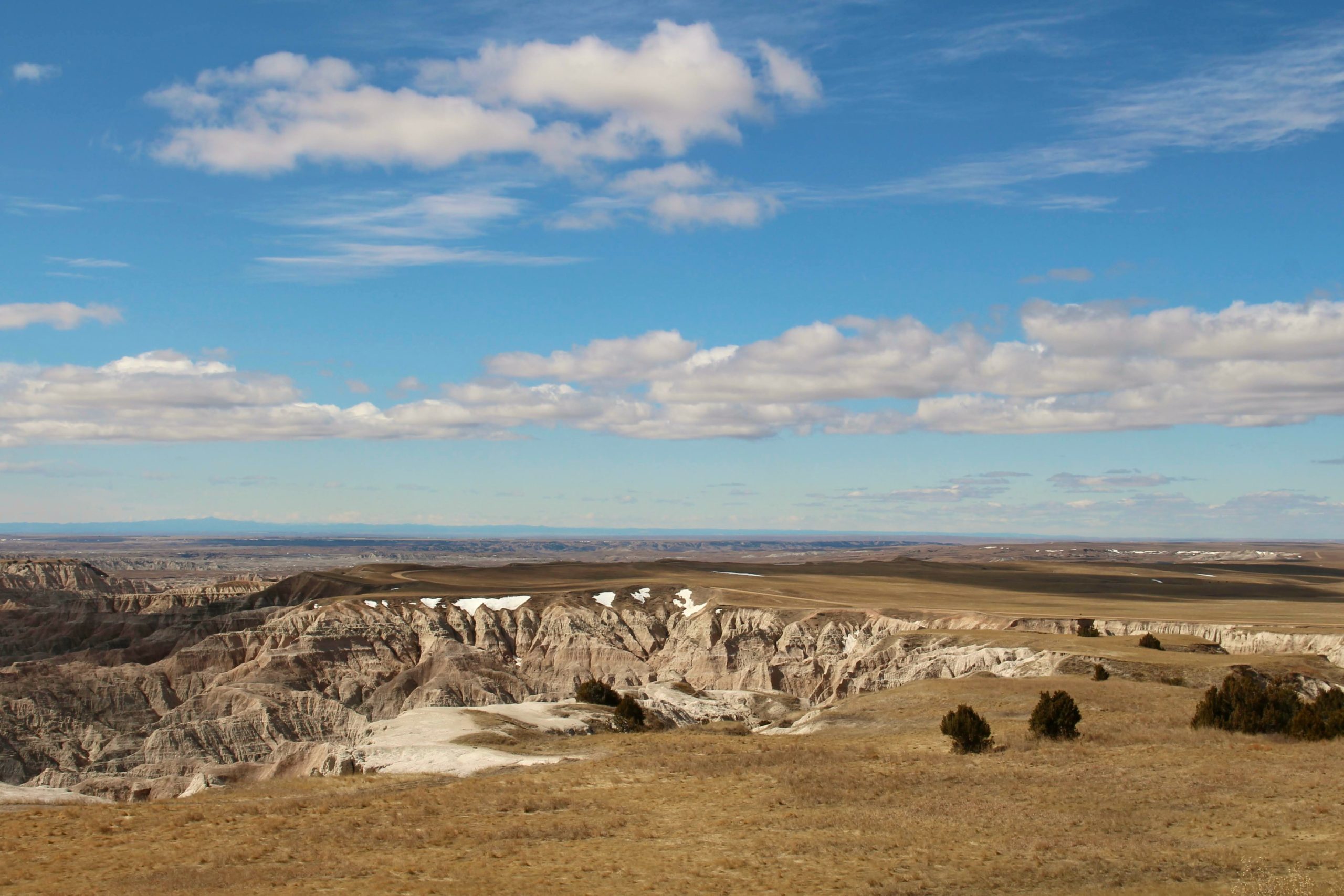Creating an Indigenous land acknowledgment

Editor’s Note: This blog is part of our “Equity in Disasters” series. The series, which focuses primarily on racial equity and justice issues, also explores how these intersect with other kinds of marginalization and the ways that historical and systemic discrimination create an uneven playing field for recovery.
In fall 2020, the Center for Disaster Philanthropy began including a land acknowledgment at the beginning of all webinars (and, sometimes, other speaking engagements). “Acknowledgment is a simple, powerful way of showing respect and a step toward correcting the stories and practices that erase Indigenous people’s history and culture and toward inviting and honoring the truth,” according to the U.S. Department of Arts and Culture.
The Native Governance Center (NGC) lists several suggestions for creating a land acknowledgment. I reviewed them to see if CDP was on the right track.
Start with self-reflection
CDP has been on a multi-year journey to explore our connection to race and intersectional equity (RIE) as individuals and as an organization. This includes training to help all staff understand the history of Indigenous peoples within the U.S., something that is particularly important as we offer a Native American and Tribal Communities Recovery Program through our Midwest Early Recovery Fund.
We also wanted to engage in an RIE process because we feel it is important to recognize the roles of settler colonialism and white supremacy. We also want to inspire other funders to develop their own statements.
Do your homework
In addition to staff training, we have also been engaged in grantmaking and work with Native communities as partners to understand their funding needs. One of NGC’s recommendations is learning which Indigenous communities to whom the land belongs. As a remote and disparate workplace, this was a challenge for us. We are spread out across the U.S., and we work globally. Therefore, it was important for us to move beyond recognizing tribal names and look at the issues more comprehensively.
Use appropriate language
NGC says not to “sugar coat the past,” and our new statement recognizes the murder and systemic disenfranchisement of Indigenous peoples across the U.S. We also understand the effects this has on how disasters play out on Indigenous land.
Use past, present and future tenses
Growing up, I learned a lot about Anishinaabe culture. Like many Indigenous groups, they recognize the importance of seven generations – looking back at the ancestors for seven generations and looking forward at those to come for the next seven. We built this multiplicity into our statement.
As we worked through our RIE journey, we knew we wanted to make sure it reflected where we were as individuals and as an organization. But we also wanted it to reflect where we strive to be. At the Unity Summit 2021, I heard a land acknowledgment provided by Dawn Knickerbocker, a vice president at Native Americans in Philanthropy. She provided a series of commitments to make the acknowledgment feel less “flat.” This idea really resonated with me.
CDP chose to do something similar as our way of recognizing that we are still on the journey to understanding Indigenous peoples and issues in the U.S. and globally. We encourage our philanthropic partners to adopt their own statements that reflect their perspectives.
Our statement is as follows:
“[As we begin the webinar] CDP acknowledges that we are working from the stolen lands of the many original peoples. We recognize that Indigenous peoples have been displaced and disenfranchised from their land by the socioeconomic and cultural disaster of colonialism, as well as disasters.
We acknowledge that when the U.S. was founded, there were exclusions and erasures of Indigenous knowledge about how to appropriately care for these lands, causing environmental destruction and degradation, which has had a significant impact on disaster risk and on communities.
We are committed to dismantling the ongoing legacies, systems and structures of settler colonialism and white supremacy.
We commit ourselves to understanding where and how wealth accumulation has harmed people, and mother earth herself/the earth itself, and the complexities of philanthropy as connected to that truth.
Despite centuries of theft, violence and murder, this is still and always will be Indigenous land. Please join us and acknowledge the original peoples and their elders, past and present, as well as future generations.”
